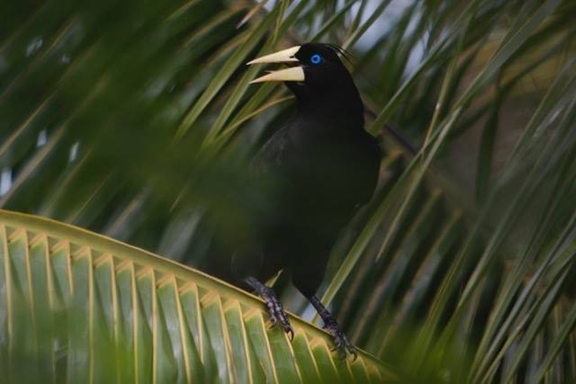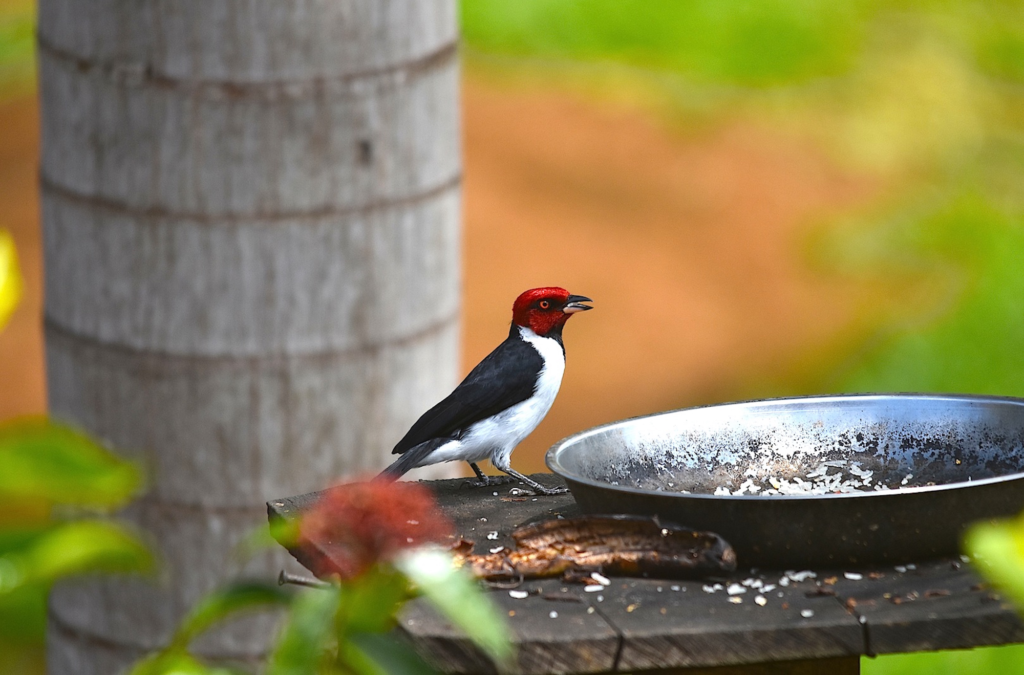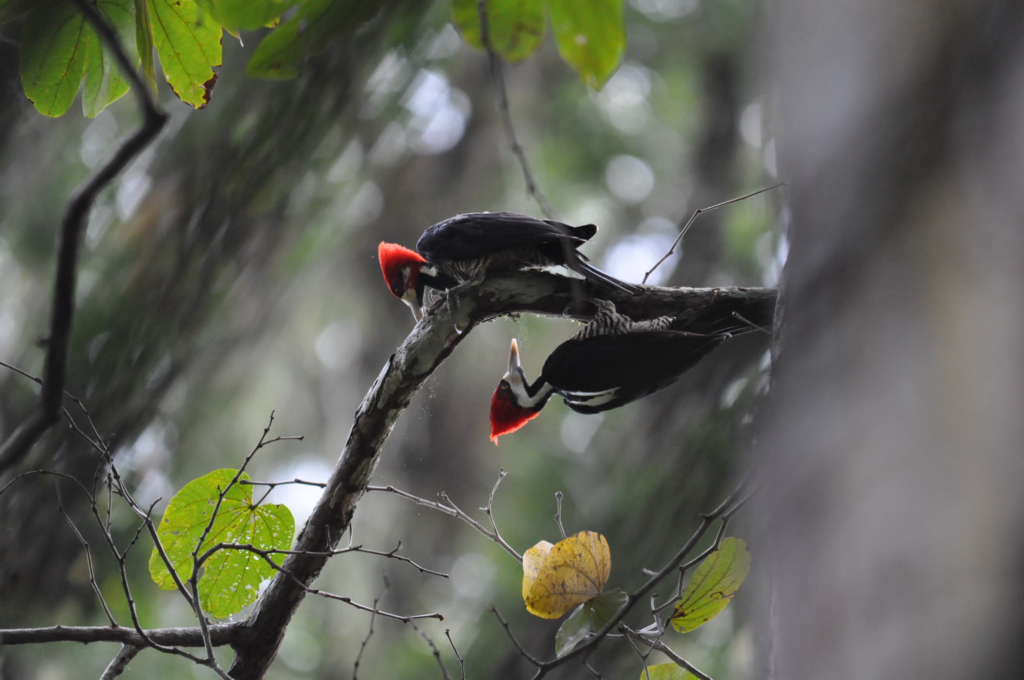Birdbased Tourism
: Armida Madngisa & Erwin Neles
: Popular Places Magazine edition 12
Bird-based tourism is growing so fast. According to one study, “Bird watching is reported as being the fastest growing outdoor activity in America,” while another notes, “An increasing number of birdwatchers are traveling to long haul destinations to spot new birds that cannot be seen in their own country or region.” To capitalize on this growing market, however, developing countries have to offer what birdwatchers require, including safety, accessibility, infrastructure, quality of birdlife, and knowledgeable guides.
Tourism that is mainly focused on birding can both be educational and fun; it is also a great way to enjoy our feathered friends out in the open. Here are some birds we’d like to highlight:
 Crested Oropendola /Psarocolius Decumanus
Crested Oropendola /Psarocolius Decumanus
The Crested Oropendola is known as one of the largest passerine birds in South-America. They are common, widespread and best known as weaverbirds or nest weavers. A name they earned thanks to their nest. The nest is a bottle shape pouch, usually seen dangling on a tall tree that is ‘separated’ by the rest of the forest. Onlookers can usually spot their nests during a boat trip where you can see these nests hanging like an ornament on the trees.
What makes it also so interesting is that the entrance is on the topside. The bird usually flies towards its nest and will ‘dive’ directly inside without hesitation. Potential predators have no chance to have a sneak peek inside, as they are not built for big or heavy animals.
Crested Oropendola’s are social birds and are seen traveling in large groups in search of food. Their menu is a variety of seeds, insects and fruits.
Crested Oropendola’s are locally known as PonPons or Banabeki. The latter refers to its distinctive yellow pointy beak. Another remarkable thing to notice is when they are making sounds. It is delightful to watch them perform; a mimic motor sound accompanied by the flapping of their wings.
 Red-capped Cardinal / Paroaria gularis
Red-capped Cardinal / Paroaria gularis
The Red-capped Cardinal looks, when flying, like a woodpecker (similar colors). But compared with woodpeckers, Red-capped Cardinals don’t cling onto trees, but instead are seen near the water.
The Red-capped Cardinal is one bird that you won’t see likely in a group, as it likes to travel alone.
They are birds that feel right at home near the water; river edge preferable, and when they are foraging for food (insects and seeds) you will likely see them hopping on the floating vegetation.
 Crimson-crested Woodpecker / Campephilus Melanoleucos
Crimson-crested Woodpecker / Campephilus Melanoleucos
No, this is not a mirror reflection of a Crimson-crested Woodpecker. Here you see both male and female on the same stick while looking for some insects to devour.
With an average length of 38 cm, Crimson-crested Woodpeckers are one of the largest among the Woodpecker family.
They are common and also conspicuous bird. This means that it is not so difficult to spot them. While looking for insects on the tree trunks, they will ‘investigate’ every tree trunk in their territory.
Crimson-crested Woodpeckers are often confused with their relative: the Lineated Woodpecker. For the untrained eye both look the same. But a closer look on the Crimson-crested back reveals a visible ‘V’ as the two white stripes are connected with each other.
Sometimes you will also hear a woodpecker ‘hammering’ his way through a trunk, this is when he announces his territory to others and not to force the insects out of their hiding spot.

